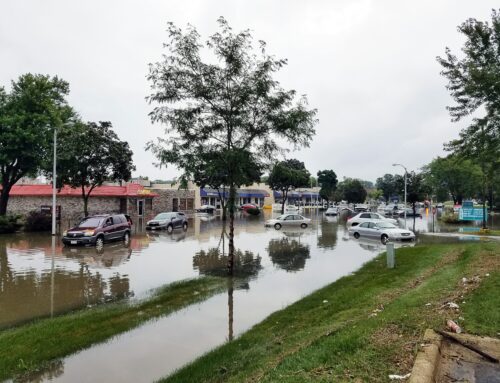April 12, 2011
The Honorable Jo Ellen Darcy
Assistant Secretary of the Army for Civil Works
U.S. Army Corps of Engineers
108 Army Pentagon, Room 3E446
Washington, DC 20310-0108
Subject: UMR Ecosystem Restoration and Navigation Programs
Dear Assistant Secretary Darcy,
The Nicollet Island Coalition has for more than a decade advocated for economically and ecologically sound management of the Upper Mississippi River (UMR). Using the Corps’ own reports and data we have refuted the misleading information provided by the navigation industry in support of proposed new locks on the UMR through a series of reports culminating in the attached 2010 “Big Price – Little Benefit” report. We ask for your support in de-authorizing the Upper Mississippi River lock expansion project and merging the ecosystem restoration component of NESP into the highly successful Environmental Management Program.
Proponents of the Navigation and Ecosystem Sustainability Program (NESP) continue to advocate for the seven proposed new locks on the UMR despite the lack of economic justification for the locks and the realities of the impact barges have on the river ecosystems and our environment.
In our 2010 report we pointed out that the Corps’ own 2007 Benefit-Cost study indicated that the locks will never pay for themselves due to their likely very low Benefit-Cost ratio of between 0.2 and 0.4. Since the 2007 Corps study barge traffic on the UMR has declined even further. Proceeding with the construction of the locks would be a boon for a small group of players with vested interests but would result in billions of wasted taxpayer dollars. The lock proponents point out the extent of potential jobs that the construction would create. We agree that new lock projects would create jobs specific to these projects; we ask that these same jobs be created by building projects that meet the 2.5 Benefit-Cost ratio required by the Office of Management and Budget. There is no justification for building a poor project simply for jobs when there are an abundance of better projects available to create jobs.
As we have stated before and in great detail in our 2010 report, we strongly believe the coupling of ecological restoration with navigation expansion in the NESP is not economically or ecologically sound. The Environmental Management Program (EMP) has existed for nearly 25 years, providing a wealth of knowledge on river restoration through over 70 restoration projects. There is no logical reason to pursue NESP for its ecosystem restoration components and capabilities. Most of these components and capabilities are either already allowed within EMP or could easily be transferred to EMP through a Water Resources Development Act. This is the transition that should be occurring, not a transition of EMP into NESP.
The navigation industry has for years misleadingly touted their efficient and environmentally-friendly system. However, careful comparison of the efficiency of the barge transport system to that of rail cargo transport indicates the navigation industry’s claims fall far short. When comparing barges to an average rail shipment there is at first glance a slight advantage for barges. But when it is pointed out that barges must travel between 20 and 35 percent further to go from point A to point B due to the natural bend of rivers this perceived advantage disappears. Also, when a more appropriate comparison between barges and unit trains (trains that haul one commodity large distances) is used the fuel efficiency advantage for rail becomes significant. And since the carbon and other emissions are calculated directly from the fuel efficiency that alleged navigation industry advantage disappears as well. Ironically, the navigation industry’s “environmentally-friendly” assertion completely ignores the most egregious damage the navigation system has done to our rivers. Altering our rivers to solely meet the needs of navigation has destroyed the UMR’s ecosystem to the point that ecosystem restoration will require billions of dollars. In addition, we have lost numerous riverine ecosystem services and functions with a potential value in the tens of billions of dollars.
NESP is a project that should be de-authorized as we recommended in our “Big Price – Little Benefit” report. We are confident that you will seriously review and consider all aspects of this project.
Thank You,
Nicollet Island Coalition
Institute for Agriculture and Trade Policy
Izaak Walton League
Missouri Coalition for the Environment
National Wildlife Federation
Prairie Rivers Network
River Alliance of Wisconsin
Sierra Club
Taxpayers for Common Sense











Get Social